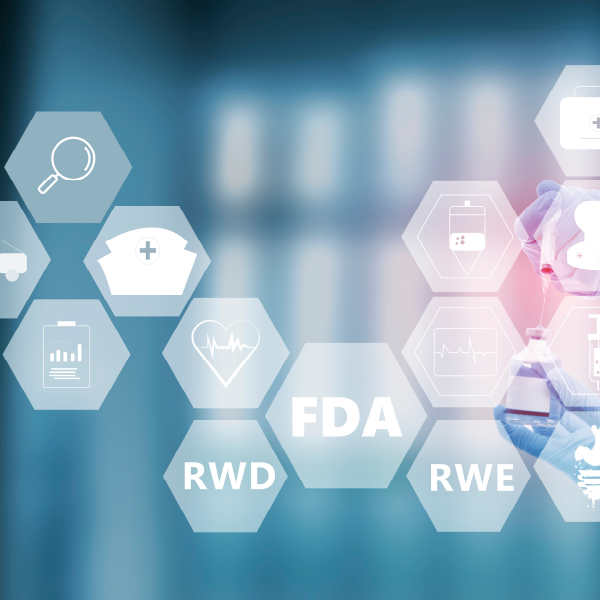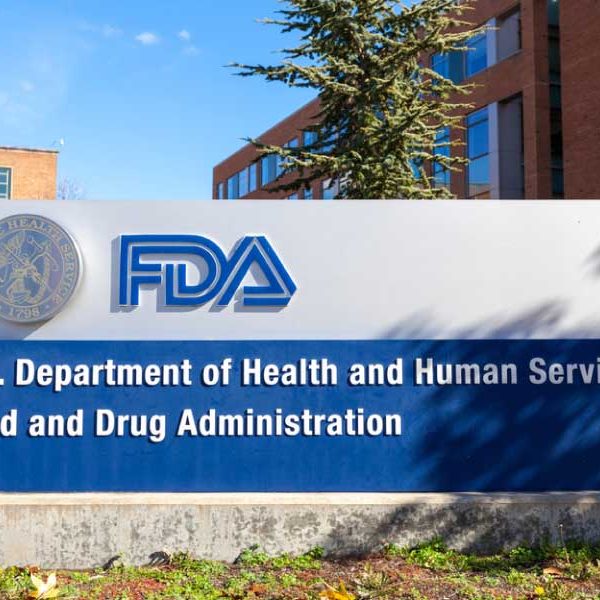Applying Artificial Intelligence (AI) and Real-World Evidence to Boost Efficiency in Patient Safety Narratives

In line with other sectors, the life science industry has been increasingly exploring and adopting applications of automation and artificial intelligence (AI) to boost efficiency across the development life cycle. One area in particular is the authoring of Patient Safety Narratives, critical documents authored by Medical Writers describing the clinical course of a patient’s adverse event. This is compelling as an AI and automation use case due to the high volumes of written narratives required to support regulatory submissions.
By applying AI to generate patient safety narratives, the pharmaceutical and biotech industry can deliver improved efficiency, consistency, and quality, bringing benefits to patients, sponsors, and regulators.
Traditional practices to generate patient safety narratives involve incorporation of data from diverse sources, both structured (e.g., electronic health records, clinical trial databases, and safety databases) and unstructured (e.g., physician notes, hospital admission/discharge summaries, wearables, patient reported outcomes, etc.). As one can imagine, this then becomes a rather time-consuming, resource-intensive effort.
While several automation strategies have been used for some time by medical writers to improve the narrative generation process, the increasing volume and complexity of data sources and cumbersome processing of large datasets can further compromise the efficiency and accuracy. Use of generative AI in patient safety narratives shows promise to solve these challenges in an efficient manner.
Additionally, it’s been noted that global health authorities have been increasingly adopting the use of RWD/RWE in their regulatory decision-making processes, FDA guidance1 for assessing electronic health records and medical claims data to support regulatory decision making for Drug and Biological products (2024), and MHRA2 published guidance for good database selection from other fields like pharmacoepidemiology (2021).
To define it, real world evidence3 (RWE) is clinical evidence that is generated using real world data 2 (RWD), data collected while patients go about their lives, as opposed to being specifically collected for a clinical study like electronic health records, registries, mobile health applications, and wearable devices. This data could be instrumental in generating valuable insights related to the efficacy, safety, and pattern of drug usage and thus, helping sponsors expedite new drug approvals for patients worldwide.
With access to these RWD/RWE data sets brings new challenges and expectations to sponsors to summarize and report safety information for their products from non-traditional patient safety sources, such as social media and other platforms. Interestingly, a well-trained, secure, and robust generative AI platform can be the right tool to provide insights and patient-level details to make informed decisions from these data sources.
Automating patient narrative generation4
AI in patient narrative generation is beginning to rise in the following ways:
- Natural Language Processing (NLP) can extract key details from clinical databases, electronic health records (EHR), and Adverse Event Reports (AERs) to generate structured narratives. The typical flow that follows is collection of structured and unstructured data from sources, cleaning and organizing the data collected, applying algorithms to extract meaningful insights, and finally, creating a narrative automatically based on the analyzed data.
- Enhancements to data accuracy and consistency are increasing as AI minimizes human errors by standardizing content, ensuring consistency in terminology, structure, and formatting across all narratives.
- Safety signals are more readily available as AI analytics can quickly identify trends and patterns in adverse events, enabling proactive decision-making in clinical trials and pharmacovigilance.
- Large Language Models (LLMs)5 like GPT-based systems are also automating narrative drafting with large datasets, thus simplifying the medical writing process.
What are the benefits and challenges of AI in patient safety narrative production?
Despite the significant potential of harnessing AI and automation in patient safety narrative production, there are challenges to overcome as well as rewards as seen in the table below.
| Benefits | Challenges |
| Increase in efficiency | To generate human-like text, the AI tool must be trained with large volumes of content. |
| Quality of documents improved | Ethical and security issues exist, including protection of patient privacy and potential for improper storage of RWE data. |
| Allows for safety assessment from a variety of sources, including large RWD/RWE datasets | Selection of relevant data may be challenging, leading to inadequate training of an AI tool. |
| Flexibility in creating fit-for-purpose narrative templates, creating structured narratives from unstructured data | AI generated text may provide imprecise medical nuance, requiring human review and editing. |
What is next for AI-generated patient safety narratives?
As with the adoption of any innovative technology, expectations and limitations need to be understood, and protections need to be put in place. AI holds a lot of potential for generating coherent, repeatable, and accurate patient safety narratives from a variety of data sources.
However, it is certain that human expertise, or the ‘human in the loop’ control, will remain a key part of the overall workflow as medical review of AI-generated narratives is essential to ensure the right medical context is maintained and the clinical course described is clear and relevant. Human intervention is critical where the incorporation of RWD/RWE data sources into patient safety narrative content, for instance, is required to ensure patient privacy protection and transparency.
As we look ahead to the incorporation of AI use cases across the clinical trial lifecycle, it is important to remember that transformation of people, process, and technology will be needed to unlock AI’s full potential.
For support in this area, or to learn more about how MMS AI-driven solutions can enhance your processes, email info@mmsholdings.com and we’ll connect you with an expert.
References:
- Real world Data: Assessing Electronic Health Records and Medical Claims Data to support Regulatory decision making for drug and Biological Products. https://www.fda.gov/science-research/real-world-evidence/center-biologics-evaluation-and-research-center-drug-evaluation-and-research-real-world-evidence#Guidance
- Dang, A. Real-World Evidence: A Primer. Pharm Med 37, 25–36 (2023).
- Ghenimi N, Govender R and Moodley K. Integrating AI with narrative based medicine: Enhancing patient centered care in primary practice. Perspectives in primary care, by Harvard Medical School Center for Primary Care. (Dec 05, 2024)
- Cobb and Haycock. Narratives for a Clinical Study Report: The evolution of automation and artificial intelligence. Artificial intelligence and Machine Learning. Volume 32, Issue 3 (2023).











